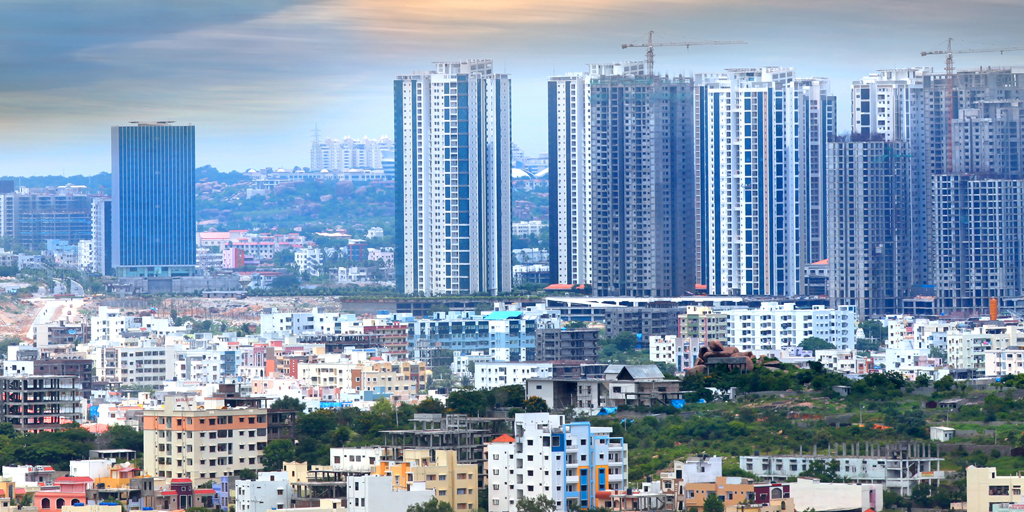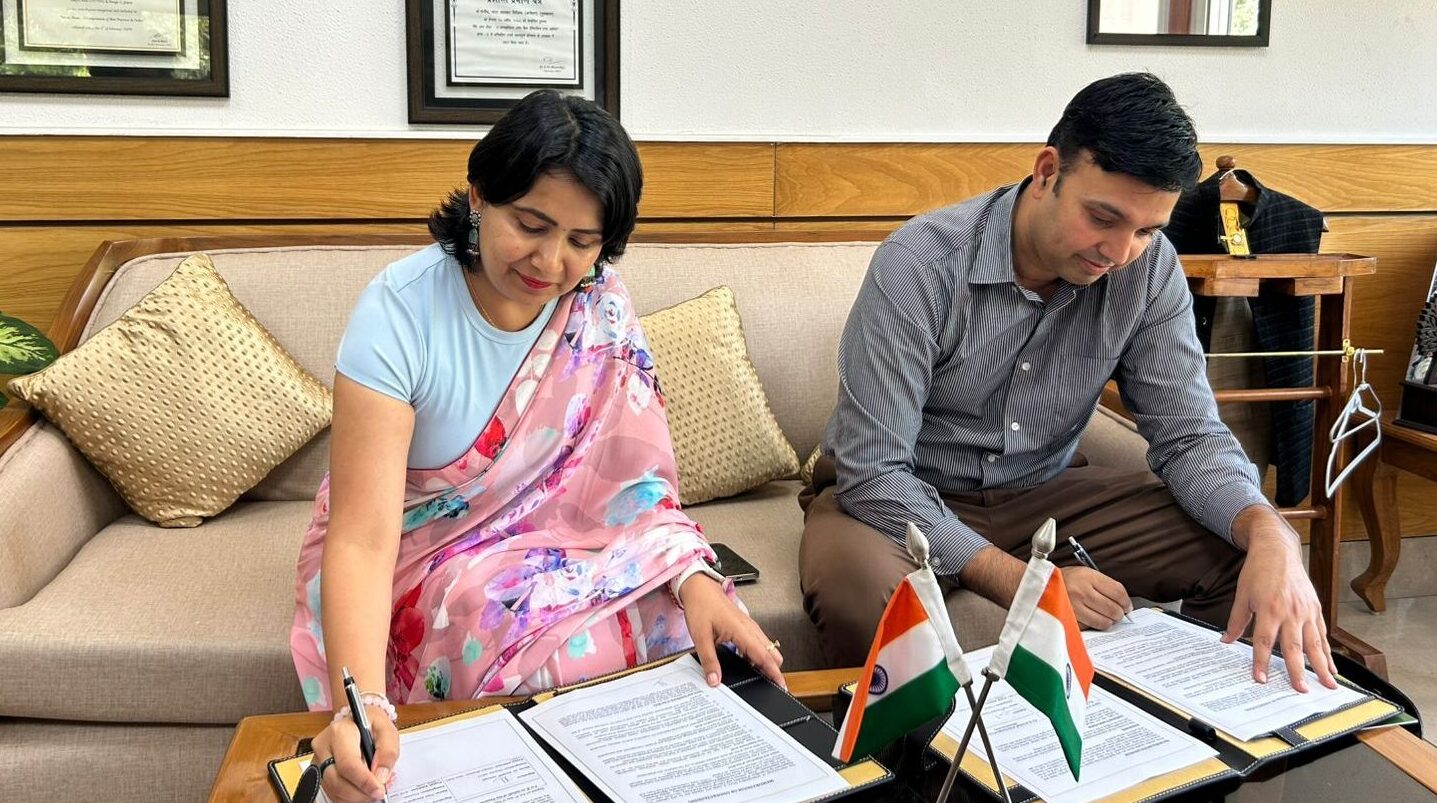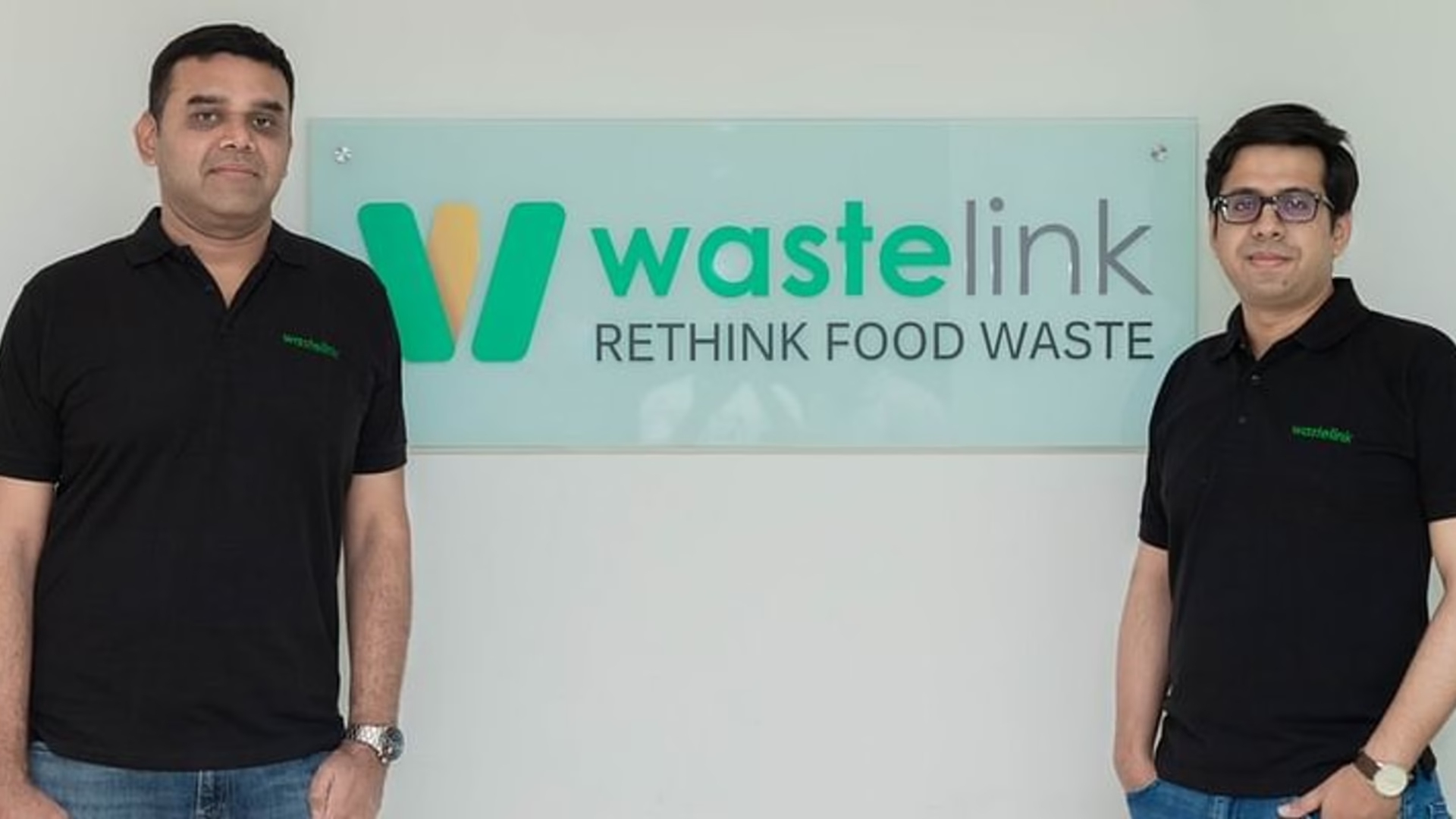As India steps into a more eco-conscious era, one green business silently gaining traction in rural and semi-urban areas is vermicomposting – the natural process of turning organic waste into rich compost using earthworms.
It’s simple, low-cost, environment-friendly, and surprisingly profitable. With a minimal investment of ₹1–2 lakh, aspiring agropreneurs can launch a vermicompost unit that serves farmers and taps into the booming organic gardening and sustainable farming markets.
What is Vermicomposting?
Vermicomposting uses red wigglers (Eisenia fetida) or similar earthworms to decompose organic waste such as cow dung, vegetable peels, and dry leaves into vermicast — a nutrient-rich, dark compost that enhances soil fertility and crop yield.
Step-by-Step Guide to Set Up a Vermicomposting Unit
Step 1: Site Selection and Preparation
- Space Required: 500–1,000 sq. ft (open backyard or leased farmland)
- Requirement: Shade, water source, drainage
Step 2: Construction of Vermi Beds
- Beds: 4–6 rectangular brick or cement tanks (or HDPE beds for mobility)
- Size (each): 10 ft x 3 ft x 2 ft
Step 3: Sourcing Raw Material
- Base Layer: Dry straw, coconut husk
- Middle Layer: Semi-decomposed cow dung
- Top Layer: Organic waste (vegetable waste, kitchen scraps)
Step 4: Adding Earthworms
- Type: Red wigglers (Eisenia fetida)
- Quantity: ~1 kg worms per bed (₹400–₹500/kg)
Step 5: Maintenance
- Watering: Maintain 60–70% moisture (sprinkle water daily)
- Shade: Use bamboo or net shed to prevent heat
- Turn Waste: Once every 10–15 days for aeration
Step 6: Harvest and Packaging
- After 45–60 days, collect vermicast from the top layer, sieve, and pack.
Cost Breakdown (for a 6-bed unit on 1,000 sq. ft.)
| Item | Estimated Cost (₹) |
|---|---|
| Brick & cement tanks (6 beds) | 60,000 |
| Shade net or bamboo roof | 15,000 |
| Earthworms (6 kg) | 3,000 |
| Organic waste collection setup | 5,000 |
| Water pump/tank + pipe fitting | 7,000 |
| Tools, sieves, gunny bags | 5,000 |
| Labor (initial + monthly) | 15,000 |
| Packaging & branding | 10,000 |
| Miscellaneous buffer | 10,000 |
| Total Investment | ₹1,30,000 |
Production & Profit Calculation (Monthly)
| Metric | Value |
|---|---|
| Vermicompost per month | 1,000–1,200 kg |
| Selling price (₹/kg) | ₹6–₹10 (bulk) or ₹15–₹25 (retail packs) |
| Monthly Revenue | ₹10,000 – ₹25,000 |
| Monthly Expenses | ₹5,000 – ₹7,000 (maintenance, labor) |
| Net Monthly Profit | ₹8,000 – ₹18,000+ |
| Break-even | 8–12 months |
Monthly Revenue Potential (Bulk vs Retail)
| Mode of Sale | Quantity (kg/month) | Selling Price (₹/kg) | Monthly Revenue (₹) |
|---|---|---|---|
| Bulk Sale | 1,000 kg | ₹8 | ₹8,000 |
| Retail Packs | 1,000 kg | ₹18 | ₹18,000 |
Market Scope & Opportunities
- India’s organic fertilizer market is expected to grow to ₹7,000+ crore by 2027.
- Govt subsidies are available under Swachh Bharat and Organic India missions.
- Urban agriculture, roof-top farming, and organic shops are emerging distribution points.
- Hostels and restaurants are waste suppliers, saving raw material cost.
In a world waking up to climate change and soil degradation, vermicomposting is more than just a green business — it’s a regenerative revolution. For agropreneurs with a passion for sustainability and a budget under ₹2 lakh, this humble business could be a dirty little secret to long-term profits.
Also Read: How Can You Start a Low-Cost EV Charging Station Business

























